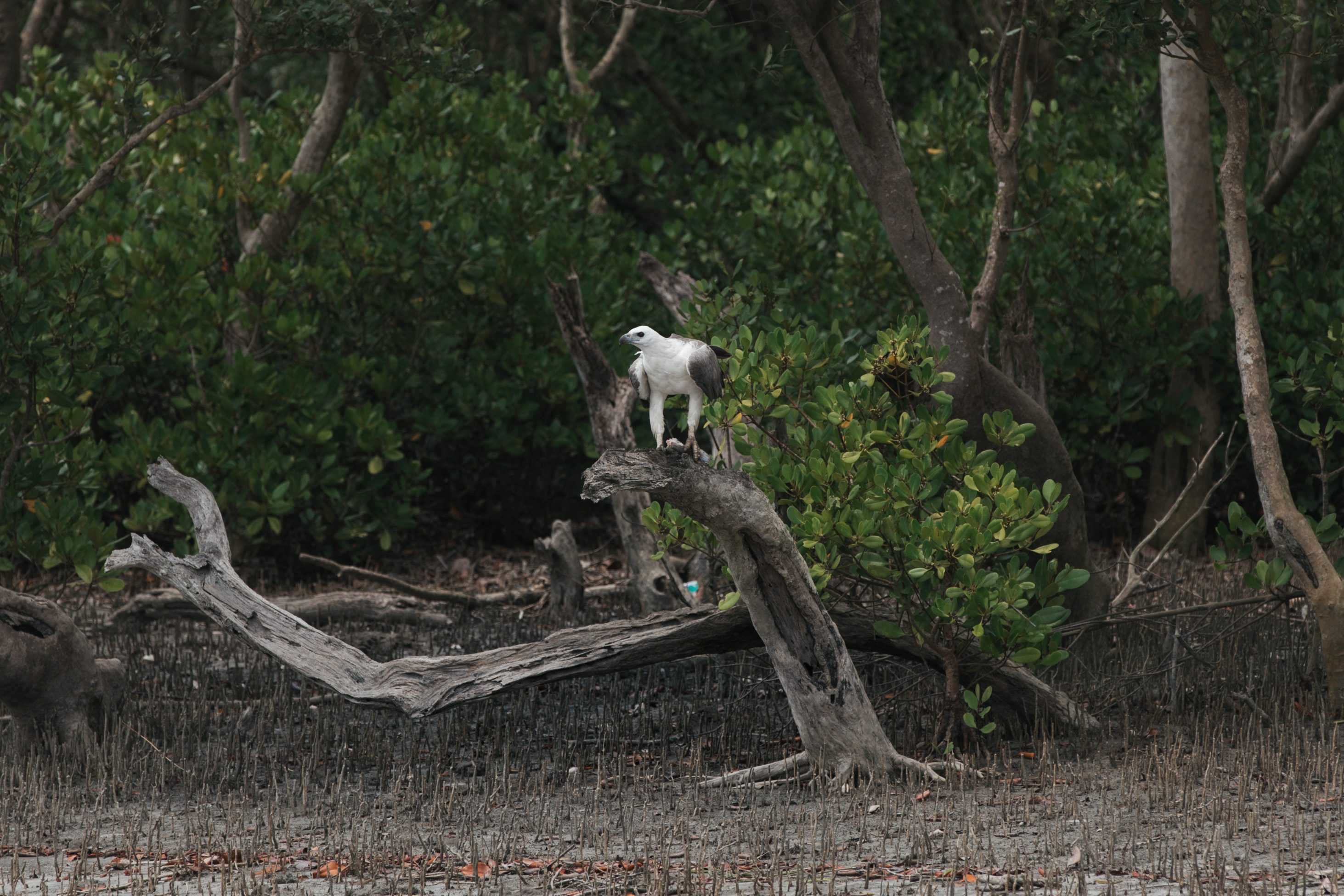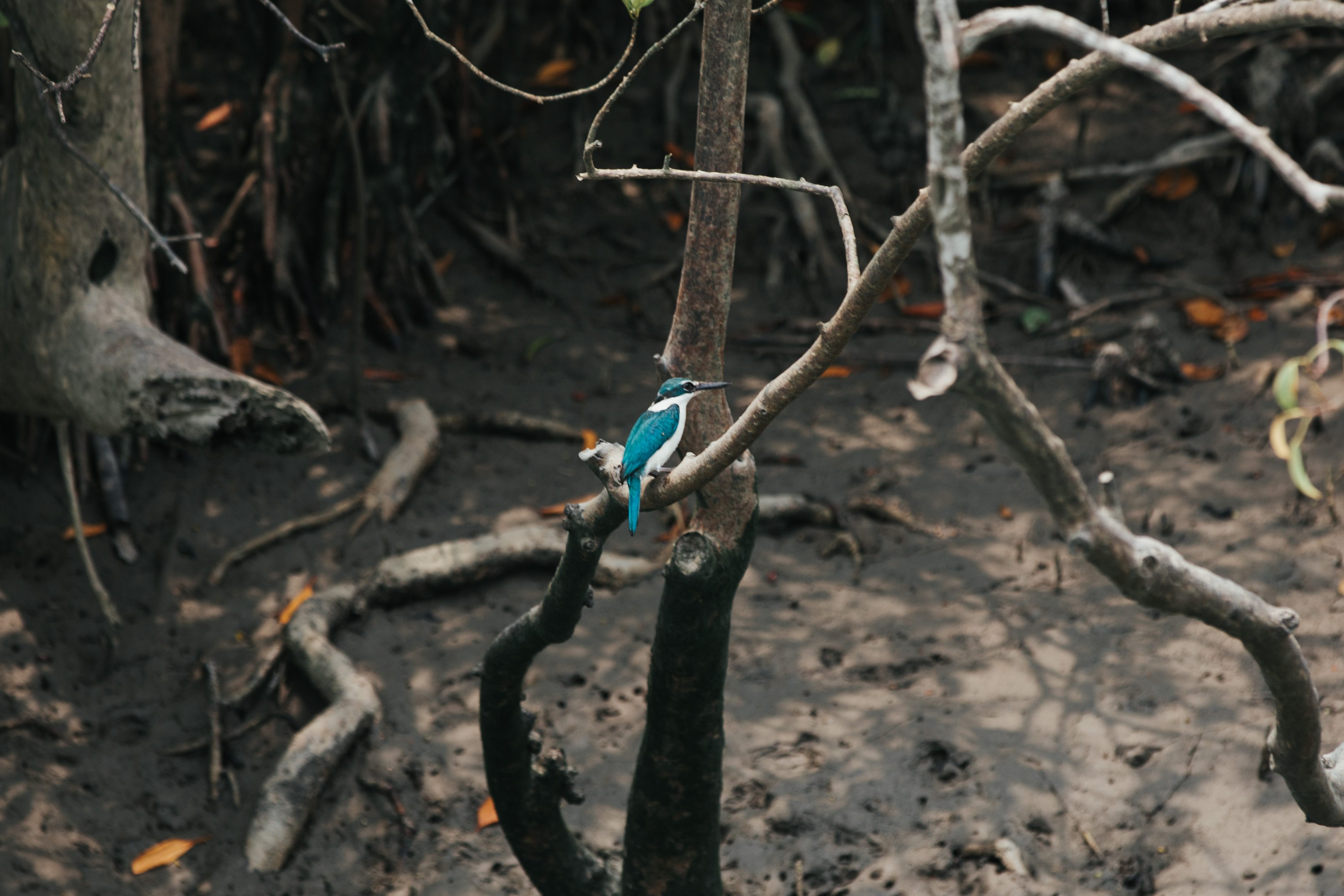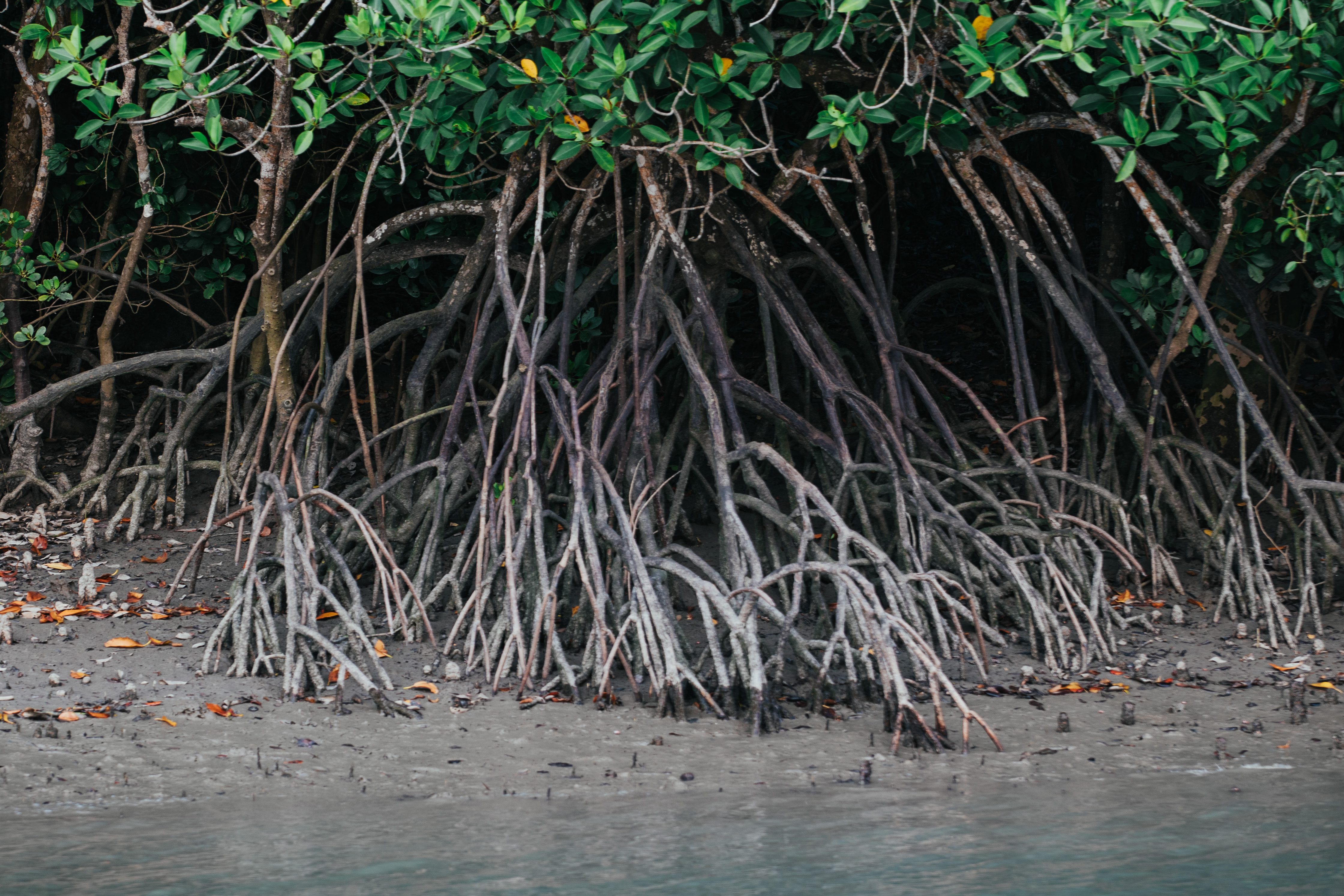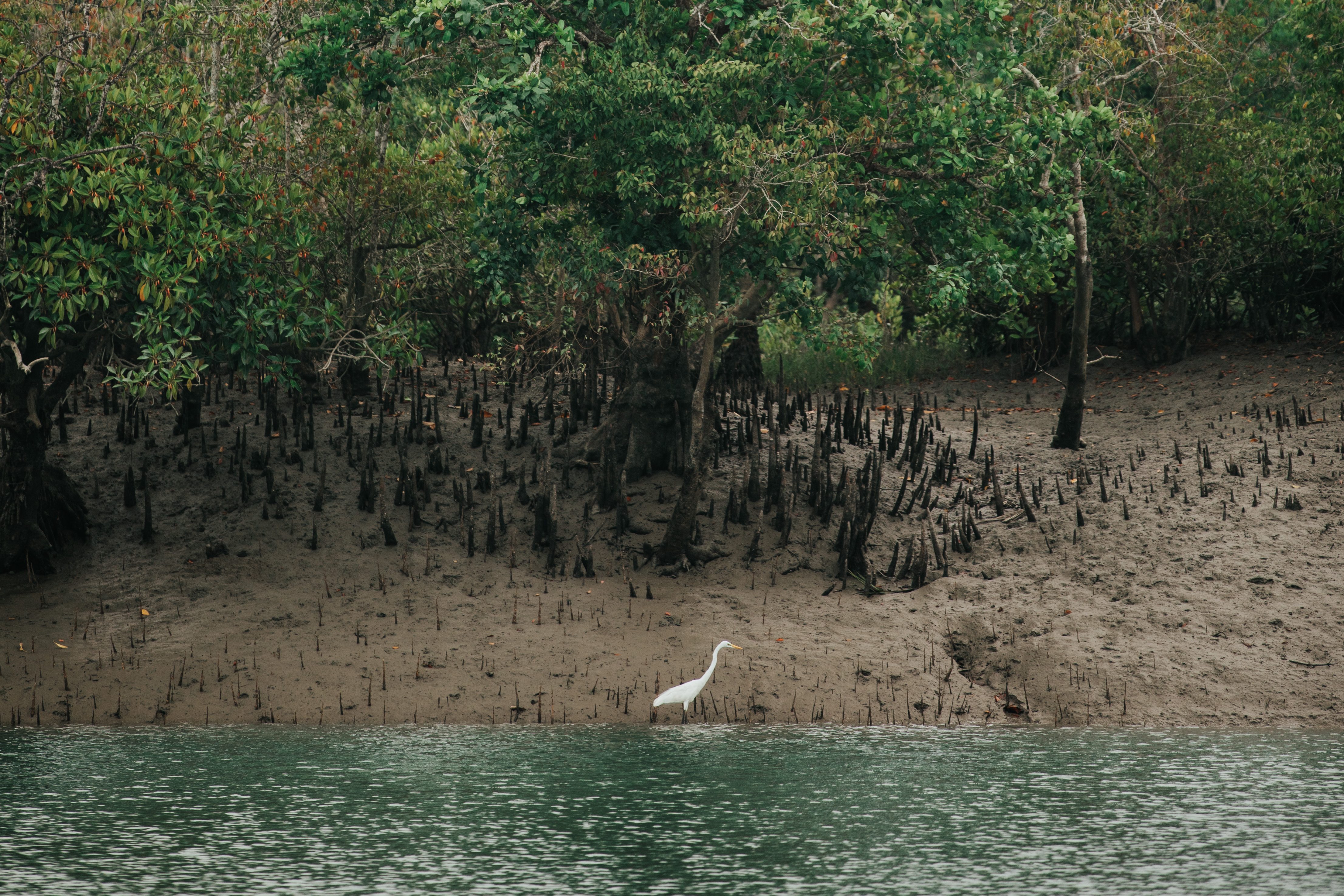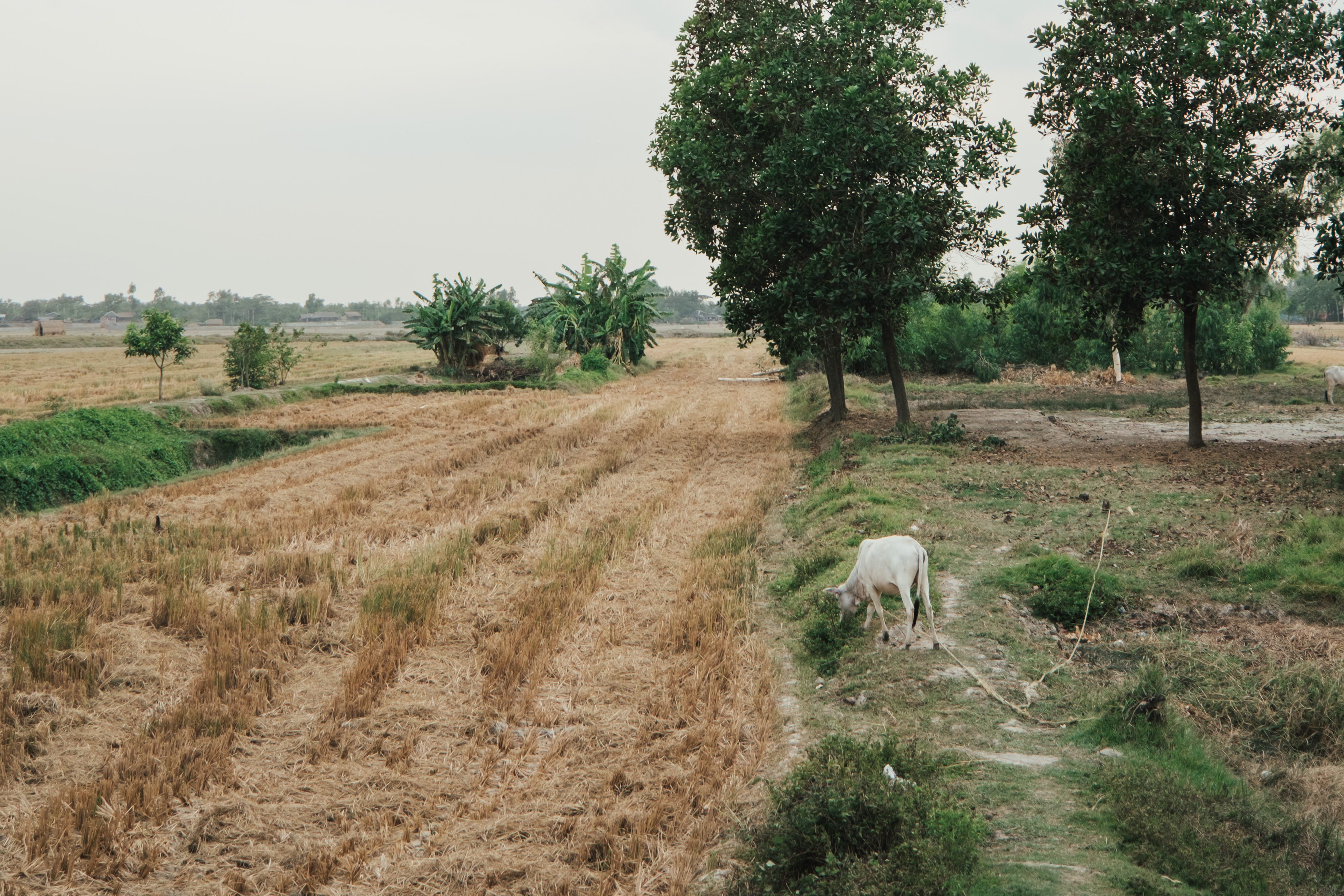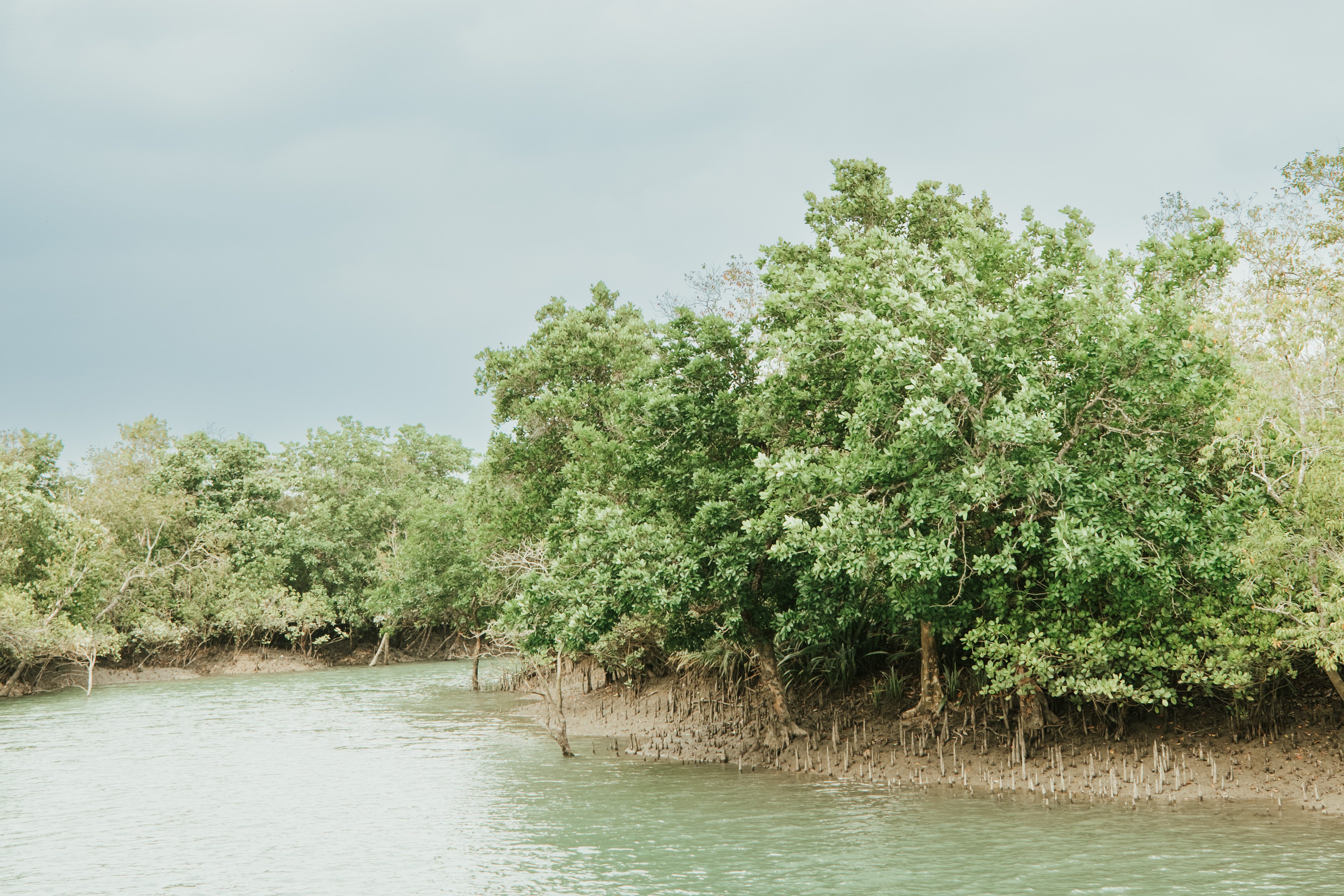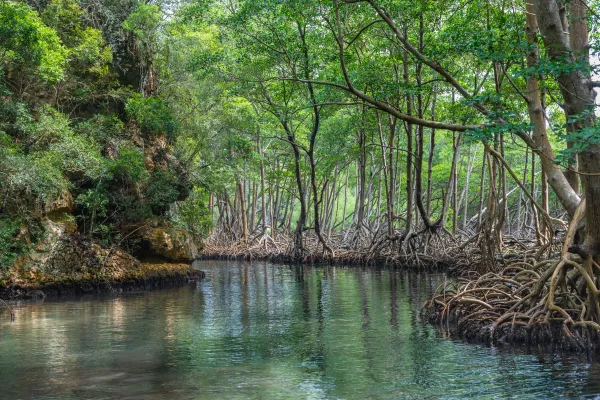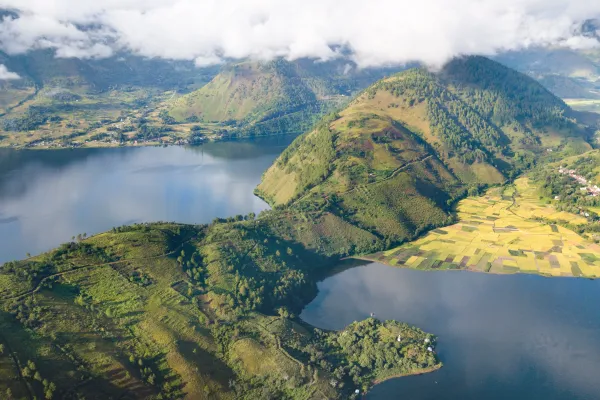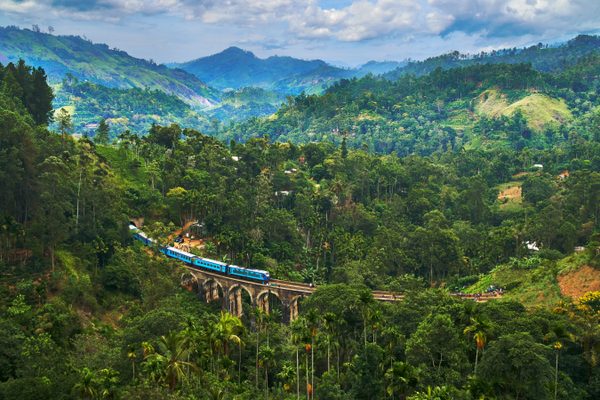The Sundarbans: The largest Mangrove Forest on Earth
Many are familiar with natural wonders such as the majestic Victoria Falls, the vast plains of the Serengeti, or the vibrant Great Barrier Reef. These iconic locations captivate countless travellers year after year.
Yet there are natural paradises just as mesmerising – and still largely hidden from the spotlight. One of these is the world’s largest mangrove forest: the Sundarbans.
Stretching across the border of India and Bangladesh, this extraordinary ecosystem impresses not only with its wild, untouched beauty, but also as the last great stronghold of the endangered Bengal tiger.
A visit to the Sundarbans offers a window into the delicate balance between humans and nature. Here, local communities are working with dedication to preserve their home – while providing a rare insight into one of the world’s most complex and vital wetland habitats.
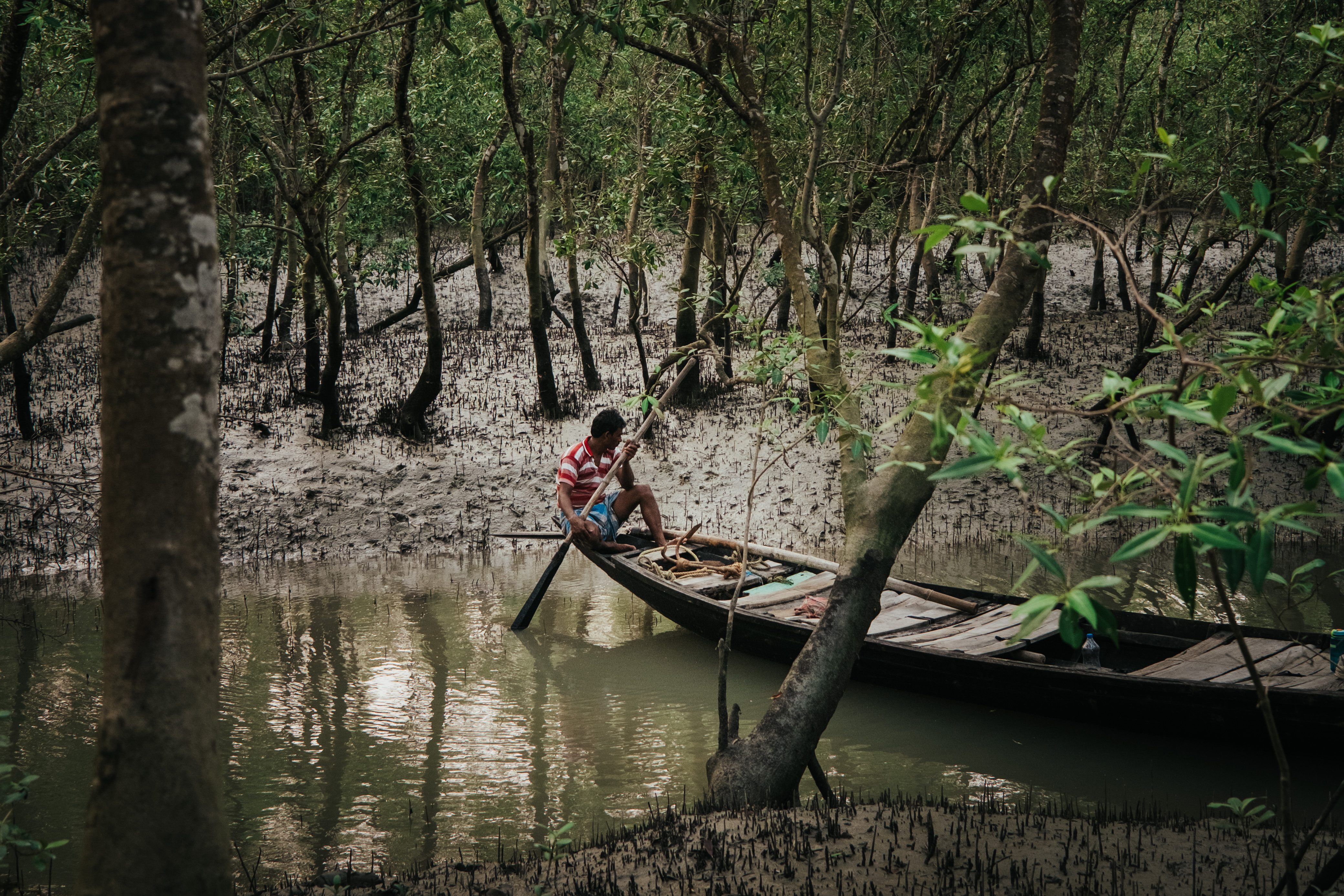
The wilderness of the Sundarbans – an untouched ecosystem
The Sundarbans, straddling the border between Bangladesh and India, form the largest continuous mangrove forest on the planet. This vast network of rivers, swamps, and mangrove-fringed islands is among the most biologically diverse and simultaneously most fragile habitats on Earth.
It is home, among many others, to one of the last remaining populations of the endangered Bengal tiger – a symbol of wilderness and a stark reminder of the fragility of this unique ecosystem. Rather than guaranteed wildlife sightings, the Sundarbans offer something far more valuable: the opportunity for quiet observation, wonder, and patience.
True encounters with nature are never bound to a schedule. The paw print of a tiger in the muddy ground often tells a deeper story than a fleeting glimpse of the elusive animal. A gentle reminder that here, we are merely guests. But the Sundarbans are far more than tiger territory. The ecosystem is a haven for an astonishing variety of birds, reptiles, amphibians, and aquatic life.
For ornithologists, it is a dream destination: the striking Collared Kingfisher, the elegant Great Egret, and the majestic White-bellied Sea Eagle are just three of the many species that call this labyrinth of water and roots home. Both flora and fauna have evolved fascinating adaptations to survive in such unique conditions. The Bengal tiger, for instance, has developed the rare ability to drink slightly saline water, which is an uncommon trait among mammals.
Meanwhile, mangrove trees display remarkable survival strategies: their aerial roots extract oxygen from the muddy waters and their dense root systems stabilise coastlines – acting as a natural buffer against floods and erosion. The Sundarbans are a powerful symbol of nature’s strength, beauty, and vulnerability.
They remind us how essential it is not only to visit such places – but to actively help protect them.
The threat of climate change to the Sundarbans
Despite their apparent resilience, the Sundarbans are under increasing pressure. Most notably from the effects of climate change.
Rising sea levels are among the gravest threats: large sections of the mangrove forest could be submerged, resulting in the irreversible loss of vital wildlife habitats. While mangroves act as a natural defence against storms and flooding, every centimetre of rising water heightens the pressure on this sensitive ecosystem.
At the same time, extreme weather events such as cyclones are becoming more frequent and more intense. These storms not only wreak havoc on the natural environment but also endanger the livelihoods of local communities. Many families in the Sundarbans live in close relationship with nature and depend on fishing, small-scale farming, or collecting forest products. If this balance is disrupted, what’s at stake is far more than just a landscape.
Meanwhile, erosion continues to gnaw away at riverbanks, and deforestation exacerbates the loss of precious habitats. The retreat of tiger territories, bird nesting sites, and other wild zones could lead to a dramatic decline in biodiversity. But it’s not just animals and plants at risk.
Climate change also threatens the cultural heritage and long-standing way of life of the people who have called this region home for generations. Protecting the Sundarbans is therefore not only a matter of conservation. It’s also a question of social justice and future sustainability.
In this context, responsible tourism plays a crucial role. Conscious travellers can support local initiatives while helping to raise global awareness about the value and vulnerability of this unique region. Every visit, if approached with care and respect, can be part of the solution.
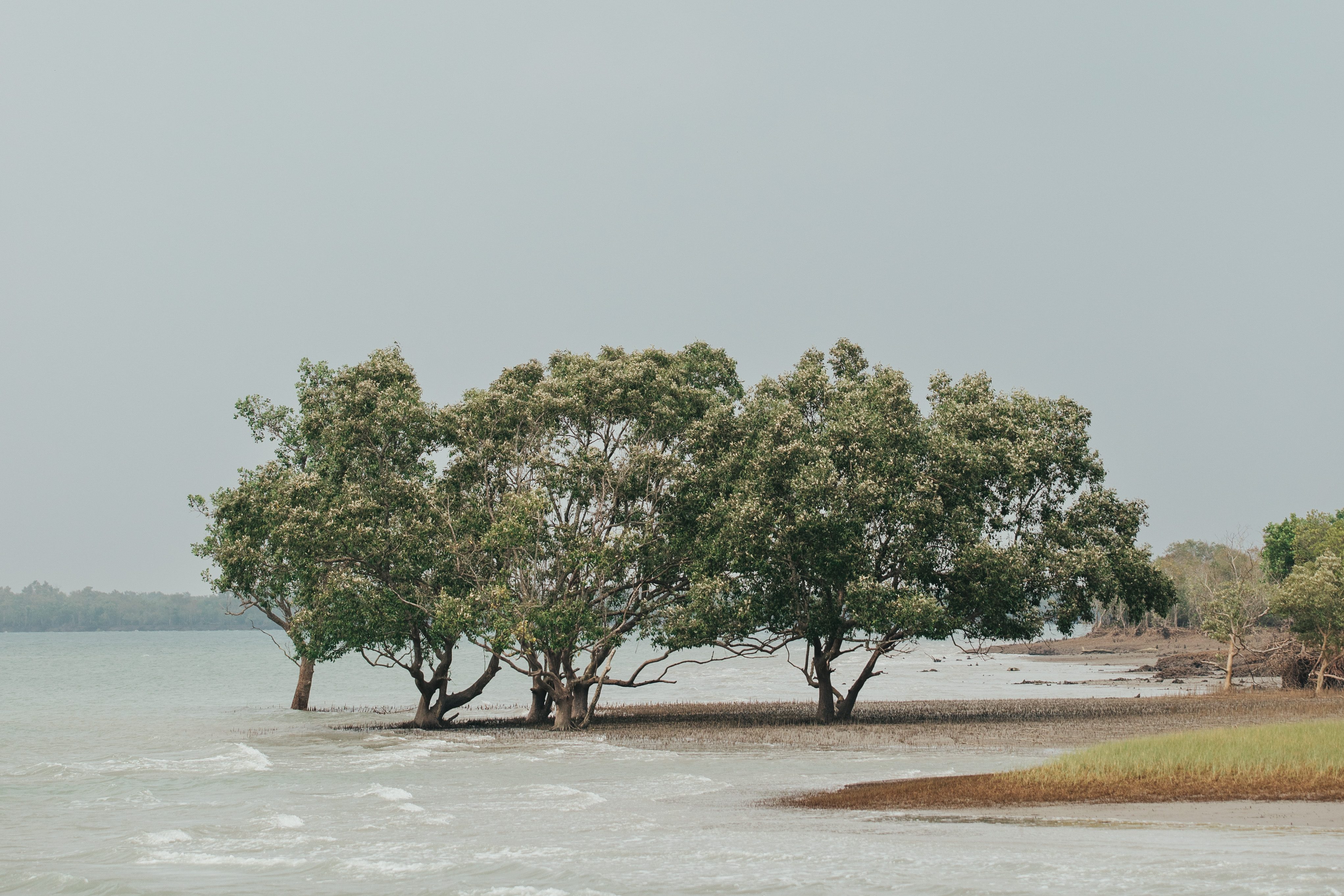
Conscious tourism: A key to preserving the Sundarbans
Travelling to the Sundarbans offers the chance to discover one of the world’s most fascinating ecosystems. But a closer look reveals that not every tour contributes to its protection. Many providers focus on “tiger-spotting” experiences. Those short-lived adventures that prioritise the animal over the habitat and ignore the complex challenges faced by the region are problematic.
An operator that focuses on mindful exploration is Tour de Sundarbans, which I had the opportunity to visit in person during my trip. With a holistic approach, they combine nature-based experiences with education and nature conservation. Their tours offer not only unforgettable impressions of the mangrove landscape but also valuable insights into ecological interconnections, local livelihoods, and the urgency of conservation. Rather than chasing after a single spectacular moment, they create lasting value and provide lots of information about the ecosystem.
What impressed me most was the dedication of the local community. Many families here rely on fishing, honey gathering, or other activities that take them into conflict-prone areas, places also inhabited by tigers. This poses risks for both people and wildlife. Responsible tourism can truly make a difference: it provides alternative sources of income that are not only safer but also more viable in the long term, supporting the locals and protecting the wildlife.
Tourism as a bridge between people and nature
The Sundarbans are the perfect place to understand the meaning of conscious travel. Those who visit this region can not only experience unspoiled nature, but also play an active role in its preservation.
Responsible tourism offers a way to integrate local people into the protection of their ecosystem. This not only helps conserve nature but also strengthens the bond between communities and their environment.
Through mindful travel, we can help preserve wildlife habitats, raise awareness for conservation, and support the people of the region with secure, respectful, and sustainable income opportunities.
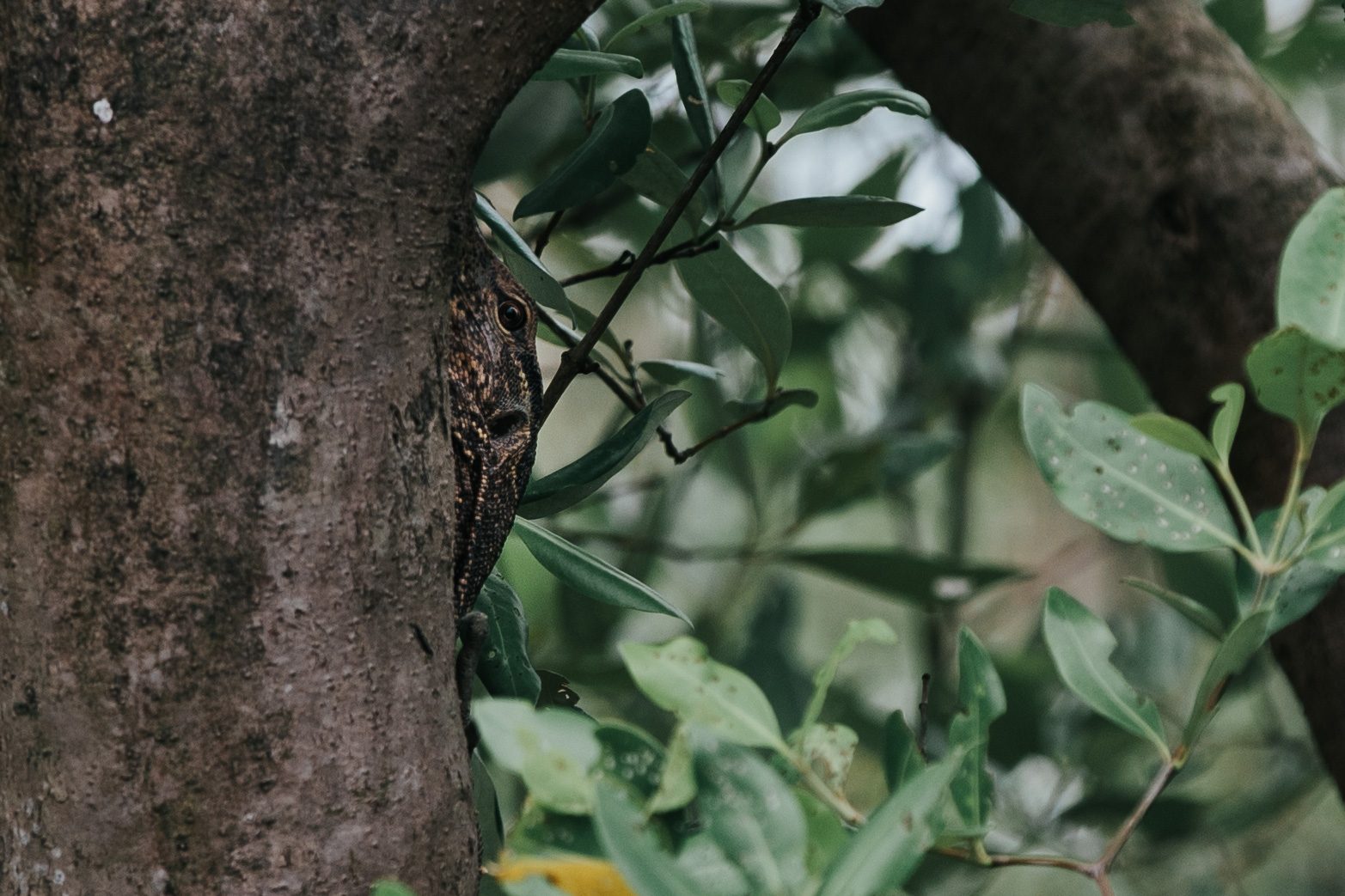
Understanding true wilderness
True wilderness is unpredictable ... and this is a lesson we often forget. When we embark on nature-based journeys, we frequently carry expectations: images of animals we hope to see, encounters we dream of, or even souvenirs we plan to bring back. Such anticipation can be uplifting, but it can also lead to disappointment if reality doesn’t align with our hopes.
In the Sundarbans, for example, we didn’t see a tiger. Of course, I would have loved to witness this magnificent animal with my own eyes. But knowing that these animals have enough space to retreat, that they are not easily found or tracked, is actually a really good thing. That’s exactly what real wilderness is.
Wilderness doesn’t mean ticking something off a list. It invites us to travel without expectations, to practise patience, and to accept nature’s own pace. It’s not about achieving goals. It’s about being present, experiencing the moment, and quietly connecting with what surrounds us.
In a world defined by speed and control, this is a precious lesson. On our travels – especially into the wild – we need to let go. Let go of the pressure to see something, the rush to capture everything, the idea that nature can be scheduled.
Instead, we can open ourselves to what is, to what unfolds around us, and in doing so, draw closer not only to nature but to ourselves.
A call for conscious travel
The Sundarbans are a place of global ecological significance, and conscious tourism is one of the most important tools to protect this fragile paradise in South Asia.
Every visit to the region can make a difference through respectful engagement with nature, support for local initiatives, and the understanding that we, as travellers, carry the responsibility to tread as lightly as possible in the wild.
By choosing mindful travel, we can not only experience the richness of the Sundarbans but also help ensure that this extraordinary region is preserved for future generations. Moreover, we can support that local communities can continue to protect the land they call home.
Awareness, respect, and patience – these are the guiding principles we should carry with us as we enter this nearly untouched corner of the world.

